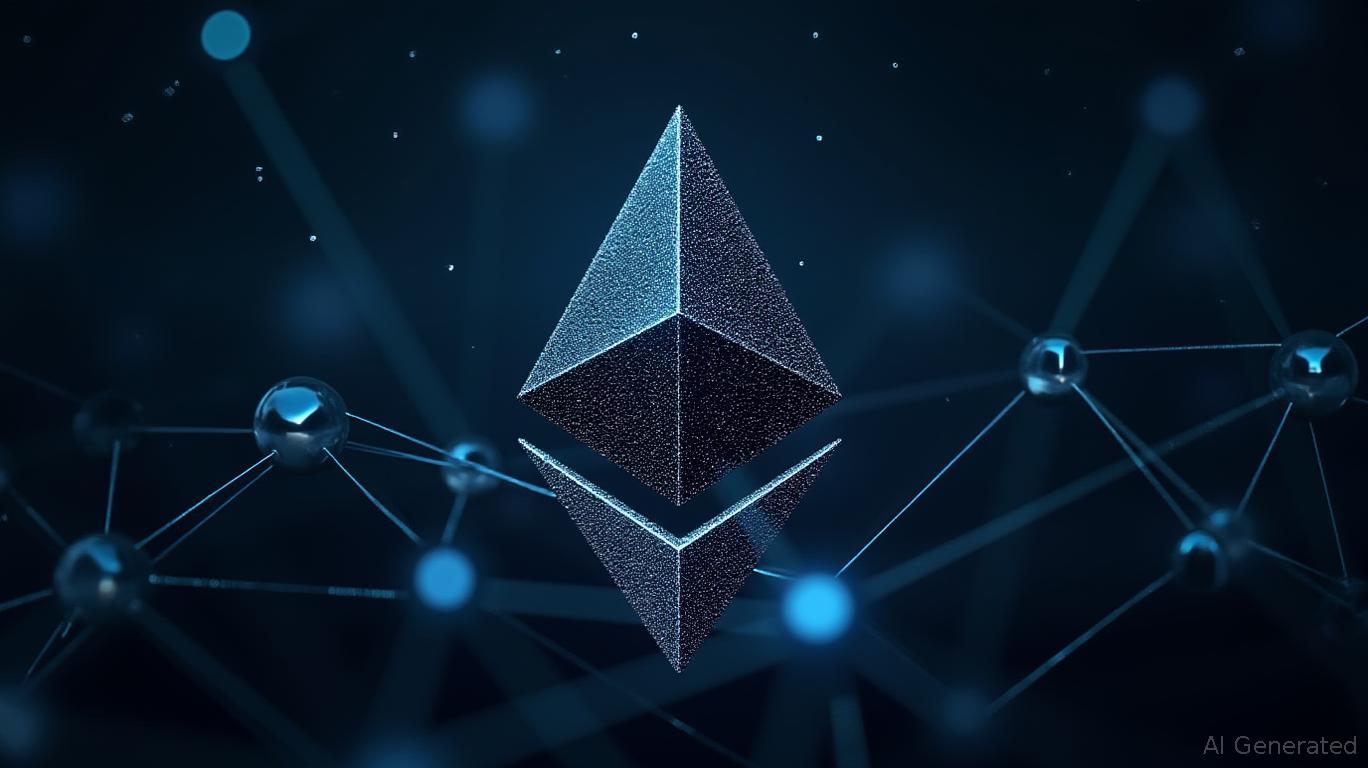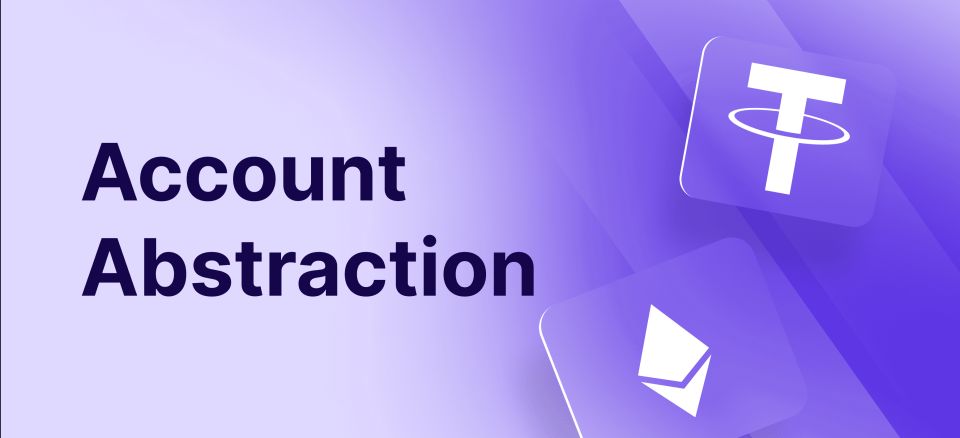Ethereum’s Fusaka Update Seeks to Address the Scaling Trilemma
- Ethereum co-founder Vitalik Buterin highlights Fusaka upgrade's PeerDAS system to solve scalability-trilemma via data sampling without compromising security or decentralization. - Upgrade doubles blob capacity to 14/21 per block through BPO forks, aiming to slash L2 fees below $0.1 and enable micropayments, AI tools, and consumer apps. - Phased rollout includes 11 EIPs, successful testnet deployments, and mainnet activation before Devconnect 2026, with long-term goals of 150M gas/block throughput and mai

Vitalik Buterin, one of the founders of
This upgrade builds upon the earlier Dencun upgrade, which brought in blobs—temporary data containers for rollups—to help reduce transaction fees on Layer 2 (L2) networks. Fusaka will increase the number of blobs per block from 6/9 to 14/21 through a series of incremental Blob Parameter Only (BPO) forks, with the first cautious increases expected in January 2026 Ethereum’s Fusaka Upgrade: A Game-Changer for Businesses and [ 3 ]. This expansion is projected to bring L2 transaction fees below $0.1, opening the door for applications such as micropayments, consumer-facing services, and AI-powered tools Vitalik Buterin: Fusaka Will Fix Ethereum Scaling With PeerDAS [ 4 ]. Developers are also looking forward to quicker withdrawals and better cross-rollup aggregation, paving the way for a more integrated “Ethereum superchain” ecosystem Ethereum’s Fusaka Upgrade: What the November 2025 Hard [ 5 ].
Buterin stressed the need for a careful and gradual increase in blob capacity, noting that extensive testing is essential to keep the network stable. While the number of blobs will rise step by step, the ultimate aim is to bring PeerDAS to Ethereum’s base layer, which could eventually move L1 execution data into blobs to further lighten the load on nodes Vitalik Buterin says Fusaka upgrade's PeerDAS is key to Ethereum [ 6 ]. This staged rollout fits into Ethereum’s overall plan to boost transaction throughput while safeguarding decentralization, with forecasts indicating that Layer 1 capacity could one day exceed 150 million gas per block Ethereum’s Fusaka Upgrade: What the November 2025 Hard [ 7 ].
The Fusaka upgrade is a key part of Ethereum’s rollup-focused roadmap, with developers putting scalability ahead of immediate user-facing improvements. This hard fork will include 11 Ethereum Improvement Proposals (EIPs), covering measures like spam resistance, adjustments to gas costs, and enhancements for validator operations Ethereum Fusaka Upgrade: What It Means for ETH [ 8 ]. Test deployments on Holesky, Sepolia, and Hoodi were completed successfully in late 2025, and the mainnet launch is timed to take place before the Devconnect event in Buenos Aires Ethereum’s Fusaka Upgrade: What the November 2025 Hard [ 9 ].
Experts believe this upgrade could reinforce Ethereum’s position as the foundation of decentralized finance (DeFi), with $132 billion already locked on the platform. By cutting L2 costs and improving data availability, Fusaka puts Ethereum in a strong position to rival high-throughput blockchains while keeping its decentralized security intact Ethereum Fusaka Upgrade: What We Know So Far? [ 10 ]. Buterin envisions a future where both Ethereum’s L2 ecosystem and its base layer reach “mainstream” adoption, allowing billions of people to use secure, low-risk DeFi applications Vitalik Buterin: Fusaka Will Fix Ethereum Scaling With PeerDAS [ 11 ].
Disclaimer: The content of this article solely reflects the author's opinion and does not represent the platform in any capacity. This article is not intended to serve as a reference for making investment decisions.
You may also like
Best Account Abstraction Wallets: 5 Smart Wallet Solutions for Seamless Crypto Management

Marathon Digital Buys Bitcoin, Strengthens Its $6 Billion Treasury
The Smarter Web Company added 100 bitcoins, bringing its total holdings to 2,650.
Singapore court approves WazirX's restructuring plan